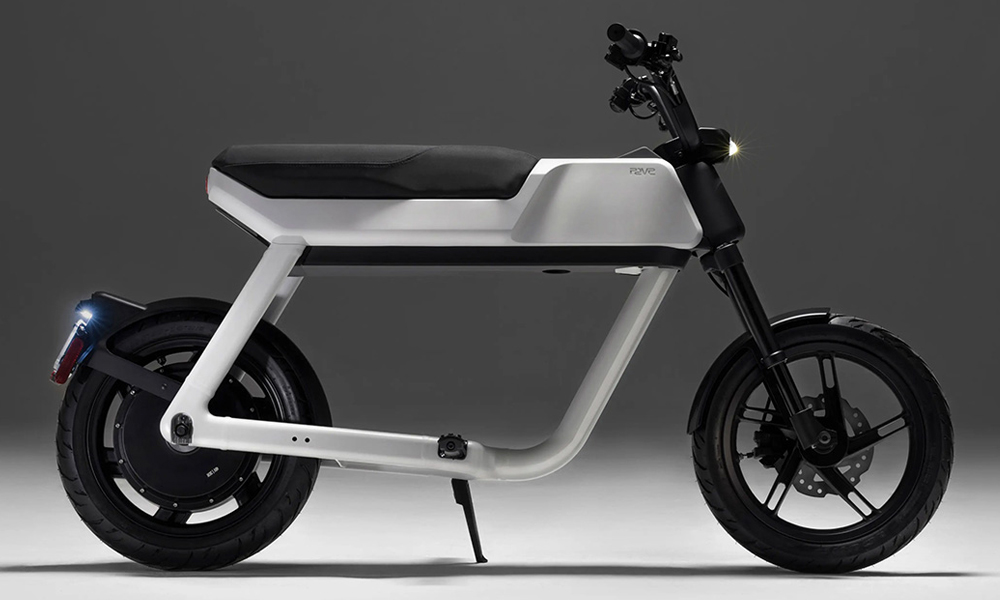As cities around the world grapple with issues related to congestion, pollution, and sustainability, innovative solutions are emerging to reshape urban transportation.
Among these solutions, E-Bike Scooters have gained prominence for their role in offering efficient, eco-friendly, and convenient commuting options.
In this article, we will explore the concept of E-Bike Scooters, their benefits, technology, and their potential to transform urban mobility.
The Emergence of E-Bike Scooters
E-Bike Scooters represent a fusion of electric bicycles and scooters, providing a versatile and adaptable mode of transportation for urban dwellers.
These compact and agile vehicles are designed to address the challenges of urban commuting while reducing the environmental footprint.
Benefits of E-Bike Scooters
- Environmental Friendliness:
- E-Bike Scooters run on electricity, producing zero emissions and contributing to cleaner air in urban areas.
- They promote sustainable transportation and reduce the reliance on fossil fuels.
- Cost-Effective Commuting:
- E-Bike Scooters are cost-efficient when compared to car ownership, public transportation, or rideshare services.
- They require minimal maintenance and no fuel expenses.
- Speed and Convenience:
- These scooters offer the speed and convenience of traditional scooters while also providing electric assistance for effortless travel.
- Commuters can navigate through traffic with ease and cover longer distances quickly.
- Health Benefits:
- Riding an E-Bike Scooter can promote physical activity and a healthier lifestyle, as users still engage in pedaling, albeit with electric support.
- Reduced Congestion:
- As more people adopt E-Bike Scooters, there is the potential for reduced traffic congestion and shorter commute times in urban areas.
The Technology Behind E-Bike Scooters
E-Bike Scooters are equipped with advanced technology to enhance their functionality and user experience. Key components include:
- Electric Motor: An integrated electric motor provides assistance to riders, either through a throttle or pedal-assist system. The motor’s power can be adjusted to match the rider’s preferences and the terrain.
- Lithium-Ion Battery: These scooters are powered by lightweight and rechargeable lithium-ion batteries. Depending on the model, they can offer a range of 20-50 miles on a single charge.
- Smart Controls: Many E-Bike Scooters come with smartphone apps that allow users to monitor battery life, track their rides, and locate nearby charging stations.
- Compact Design: E-Bike Scooters are designed for easy storage and transport, often featuring foldable frames for maximum convenience.
Impact on Urban Mobility: E-Bike Scooters have the potential to revolutionize urban transportation in several ways:
- Reduced Emissions: Widespread adoption of E-Bike Scooters can significantly reduce air pollution and contribute to cleaner, healthier cities.
- Enhanced Mobility: They offer a practical and flexible option for first-mile and last-mile transportation, connecting commuters to other modes of transit seamlessly.
- Traffic Decongestion: With more people using E-Bike Scooters, there is the potential to alleviate traffic congestion, especially during peak hours.
- Urban Planning: Cities may need to adapt their infrastructure to accommodate E-Bike Scooter users, such as creating dedicated lanes or parking areas.
Conclusion
E-Bike Scooters are poised to play a vital role in the future of urban mobility. Their ability to combine the convenience of scooters with the eco-friendly benefits of electric bicycles makes them a compelling option for commuters seeking sustainable and efficient transportation solutions.
As cities continue to prioritize cleaner and more accessible transportation alternatives, E-Bike Scooters are paving the way towards greener and smarter urban environments.

